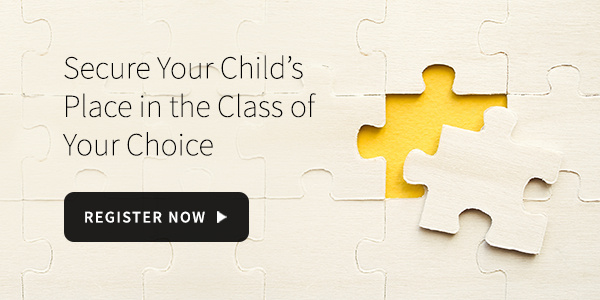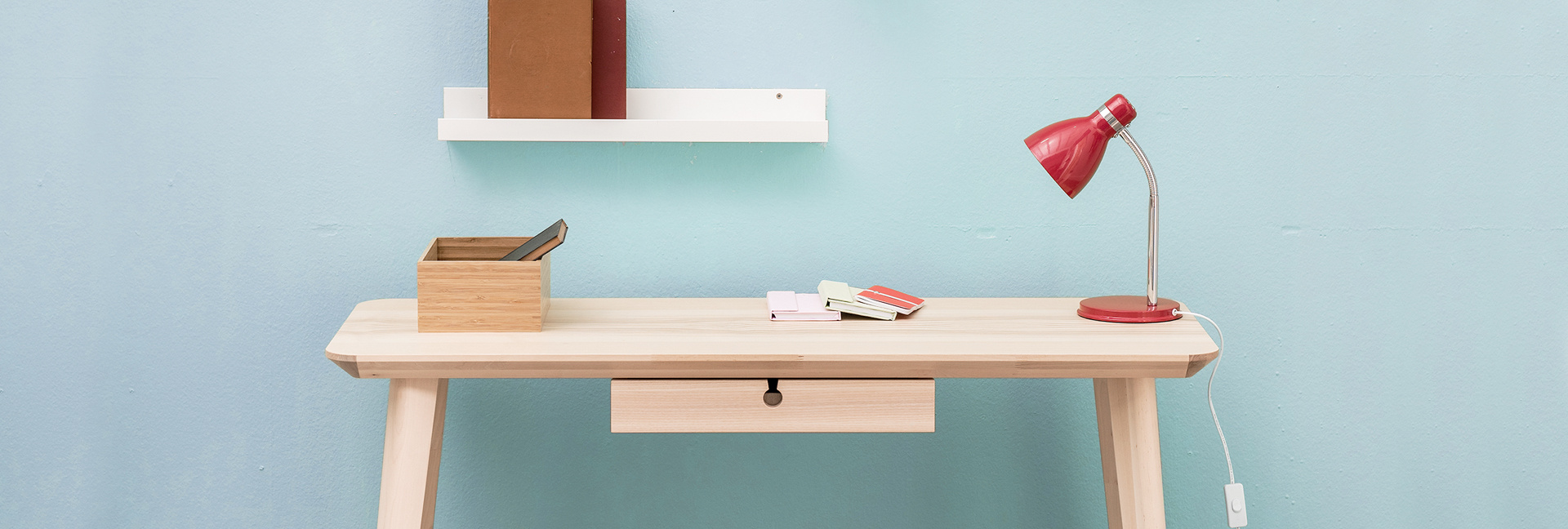
New year, new school, new opportunities for growth! Read our article as we share some tried and true tips for parents and children in the lead up to the first day of primary school.
A Whole New World Awaits
New classmates, new teachers, new school environment — your child’s tiny world is about to get a lot bigger. With these changes come opportunities for personal, social and cognitive growth.
The Countdown And Preparation Begins
In these weeks as you count down to your child’s first day of school, you may be wondering, “What will school be like for my child? Will my child be able to cope in the new environment?”
Parents can help by being proactive — research from professionals at Duke University suggests that establishing a strong communication channel with your child’s teachers helps and so does monitoring changes in your child's behaviour or mood when he or she first starts school.
Whether at home or in school, we’ve got some great tips for every stage of preparation that will help you (and your child) pave a smooth journey towards the new school term in January.
1. Create A Routine That Works
Studies have shown that routines help children feel safe and secure. Set up a routine that works for your child — whether it’s a shower before dinner or an afternoon snack before naptime, it’s important that your child gets into a routine that he or she is comfortable with.
2. Identify Friendly Figures In School
Helping your child identify teachers or staff he or she can go to for assistance is important. When your child recognises trustworthy figures of authority, he or she will feel more secure in the new environment.
Related Article: Gear Up For Primary 1
3. Prepare An 'Emergency' Fund
You may want to consider setting aside an “emergency fund” for your child. Placing extra money in a separate wallet or purse to be kept in his or her school bag means that your child will still have access to money if he or she misplaces pocket money. However, you should set some strict rules about when this money can be used.
4. Test Out That Transport Route
It may be a good idea to have a few dry runs of your child’s journey to and from school to help your child familiarise himself or herself with the route. Help your child identify key landmarks and remember the specific place where he or she will be dropped off or picked up from everyday.
Related Article: Raising A Responsible Child
5. Set Mini Goals To Achieve Together
Help to make the experience seem less daunting by setting mini goals for the first day of school. Start with small tasks like “Leave the house on time” or “Remember to bring my water bottle home” or “Meet one new friend in class today”. These mini goals give your child something to look forward to on his or her first day of school!
Download Our Special Guide To Surviving And Thriving In Primary 1
The Learning Lab would like to extend our help as you and your child are preparing for Primary 1 and the new adventures that lie ahead. Download our fun and informative guide filled with 25 great tips to help your child survive and thrive in Primary 1!
Your child’s environment affects the pace in which he or she learns. According to several research projects of the same subject, this is because “young children learn the most when they are actively interacting with other people and manipulating objects in their environment”.
At The Learning Lab, we take great care in designing positive learning spaces that motivate our students’ eagerness and openness to studying. You can do the same by creating an interactive atmosphere that will support your child’s learning even during the school holidays.
Read through our guide below for tips on how transforming your home spaces can help transform your child’s learning growth.
1. Make Learning Spaces Breathable and Clutter-Free
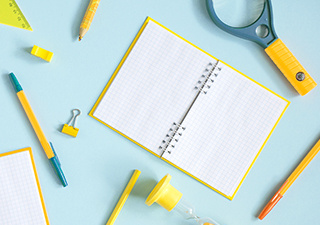
Spaces that are conducive to learning are spacious, breathable and free of mess. This allows your child to easily know which resources are available to him or her.
If it takes your child more than a couple of minutes to locate his or her materials, it can easily distract him or her from the task at hand. Help your child manage this by building a habit of being tidy and organised. Make sure that school materials and other essential materials are categorised clearly and easily accessible.
Organise, neat spaces present more than just a practical advantage. There’s also a scientific explanation for why tidiness is good for your child. An article by Psychology Today, shares that:
"The human body is made up of tens of thousands of integrated biological and neurochemical systems, all of which are — yes — organised. Many of our cells operate on strict schedules, or circadian rhythms. Even at the atomic level, we are well-regulated and well-organized. Without this organisation, our bodies would collapse into chaos."
This is the same reason why we subconsciously crave cleanliness and feel better in a well-structured environment or situation.
And that is not all. Research suggests that orderliness and hygiene in a space has a positive effect on the mindset of students. An unkempt and neglected environment can increase stress levels and impact negatively on concentration and memory.
2. Create Opportunities for Play and Interaction
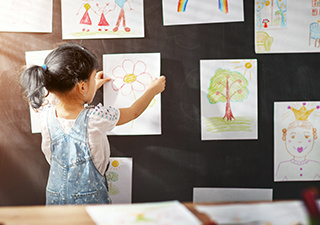
An interactive space creates opportunities for exploration — of the space itself and of the interests of the person interacting with the space. Put simply, environment and play are important learning elements that support each other.
You can design play corners by incorporating vibrant colours, large shapes, tactile objects and diverse dimensions into your home.
These spaces don't need to be huge or ambitiously laid out — just be imaginative! For example, you could introduce depth by building a pillow fort to create a crawl-in or hideaway space.
Mix it up by providing quieter spaces that still allow for personal exploration, like a mini library or perhaps a blank wall your child can paint on.
You can also introduce materials that require hands-on construction, like jigsaw puzzles and building blocks or even clay or other moulding materials.
These small efforts will give your child opportunities to engage in exploratory play, in which he or she learns the nature of his or her surroundings; and also constructive play, which involves combining pieces to solve a problem or simply to create something new.
For older children, try creating an exclusive music, art or reading corner for your child to explore his or her own interests in these areas.
3. Choose Colours Wisely and Use Natural Lighting
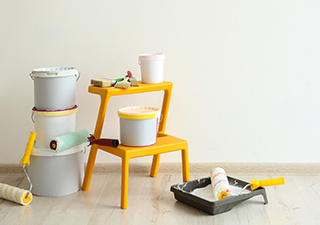
Colour psychology has been proven to influence consumer habits. Similarly, colours can be used to impact your child’s mood for a positive learning experience by altering his or her mood, behaviour and learning performance.
Psychotherapist Angela Wright shares the psychological properties of colours on her website Colour Affects.
Yellow, for instance, lifts the mood and inspires optimism and creativity. This can help foster innovation and further curiosity in learning new things.
Green restores mental harmony and suggests stability and endurance. The right shade of green can give a space a lively, energetic feel that helps to relieve stress and promote optimism in learning.
For older children, interior designers suggest using a colour to help boost focus like grey, which has a chilled effect that helps with concentration.
While bold and vibrant hues can look more aesthetically appealing, be mindful that having too many colours may distract your child from learning and cause him or her to focus on the task at hand. Integrate neutral colours to prevent distraction and optimise concentration, and remember the importance of natural light.
A study published on Heschong Mahone explored the relationship between daylighting (the practice of placing windows, skylights, other openings and reflective surfaces to allow natural sunlight to illuminate the space) and human performance. The research findings suggest that students with the most daylighting in their classrooms progressed 20 per cent faster on Math tests and 26 per cent faster on reading tests in one year than those with the least natural light
4. Give the Space a Theme
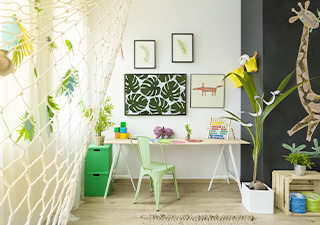
Themes are fun and make for fond childhood memories. A theme also gives your child a sense of ownership of the space, which is important in learning responsibility. Your child may develop the mindset that this is his or her space, therefore he or she is responsible for it.
Start by getting your child to share his or her theme ideas and take time to develop those ideas together. The themes could be anything from tropical forests to outer space, or even avant garde themes like abstract shapes or designs. This helps give the space an identity your child can resonate with.
By designing intentional learning spaces at home, you create physical, emotional and mental support for social and active learning outside of your child's school environment.
At The Learning Lab, our classrooms are specifically designed to optimise conditions for better learning. From the colour of the walls to the furnishings in the classrooms, we strive to provide a conducive and all-rounded learning experience that will bring out your child's potential.
The Learning Lab is now at locations. Find a location that suits your needs.
If you have any questions about our programmes, please email us at enquiry@thelearninglab.com.sg or call us at 6733 8711 and we will be happy to assist you.

